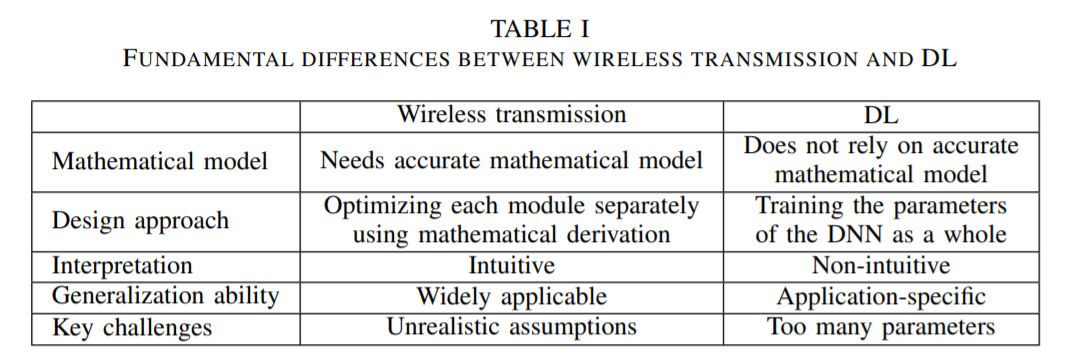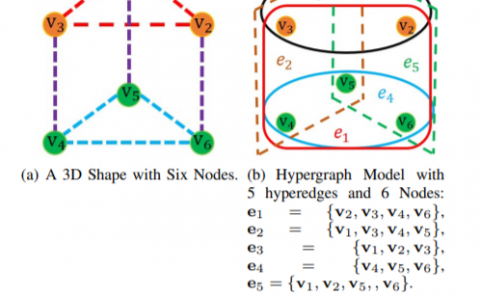Deep Learning for Wireless Communications: An Emerging Interdisciplinary Paradigm
PubDate: Jul 2020
Teams: Tsinghua University;Tohoku University;Princeton University;University of Southampton
Writers: Linglong Dai, Ruicheng Jiao, Fumiyuki Adachi, H. Vincent Poor, Lajos Hanzo
PDF: Deep Learning for Wireless Communications: An Emerging Interdisciplinary Paradigm

Abstract
Wireless communications are envisioned to bring about dramatic changes in the future, with a variety of emerging applications, such as virtual reality (VR), Internet of things (IoT), etc., becoming a reality. However, these compelling applications have imposed many new challenges, including unknown channel models, low-latency requirement in large-scale super-dense networks, etc. The amazing success of deep learning (DL) in various fields, particularly in computer science, has recently stimulated increasing interest in applying it to address those challenges. Hence, in this review, a pair of dominant methodologies of using DL for wireless communications are investigated. The first one is DL-based architecture design, which breaks the classical model-based block design rule of wireless communications in the past decades. The second one is DL-based algorithm design, which will be illustrated by several examples in a series of typical techniques conceived for 5G and beyond. Their principles, key features, and performance gains will be discussed. Furthermore, open problems and future research opportunities will also be pointed out, highlighting the interplay between DL and wireless communications. We expect that this review can stimulate more novel ideas and exciting contributions for intelligent wireless communications.

